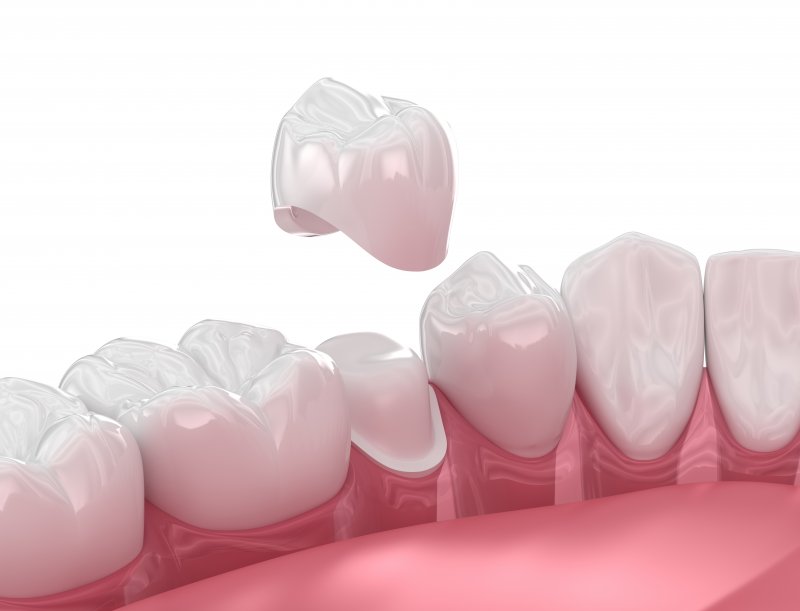The Dominance of Dental Crowns: How They’ve Changed Over the Years
October 23, 2024

Dental crowns continue to be one of the most popular restorative dental treatments on the market. Dentists have been using them for decades; however, they were once not even a thought when it came to addressing a painful toothache or accidental damage. Read on to learn how professionals went from extracting these teeth to protecting them with one-of-a-kind dental crowns.
Early/Ancient Civilizations & Dental Crowns
The American Dental Association claims that in 5000 B.C., the topic of dental decay was found within a Sumerian text, and it referred to “tooth worms” being the cause.
Fast forward to 2000 B.C., and the “first dentist,” Hesy-Re, who was an Egyptian scribe, arose on the scene.
By 166 to 201 A.D., the Etruscans were building gold dental crowns to replace the teeth of the wealthy, not to repair or rebuild damaged or decayed smiles. Unfortunately, these restorations proved useless, as they broke easily and could not be used as normal teeth, making it nearly impossible for people to eat hard foods.
Dental Crowns in the Middle Ages & Beyond
With dentistry becoming an actual “profession” during this time, it was a book published in 1530 titled, “The Little Medicinal Book for all Kinds of Infirmities of the Teeth” that included information about how to perform various procedures, including the removal of teeth – which was common during this time should a person have a bad toothache or dental damage – and how to properly apply a dental filling and crown.
By the 1700s, dentistry arrived in the United States, resulting in much research, education, and advancements that would take the field to a new level. By the next century, Dr. Charles H. Land created the porcelain “jacket” crown – a type of restoration that covered the entire tooth so that it appeared whole and healthy. The only problem with this creation was that it could crack easily.
When it came time to welcome the 20th century, porcelain fused to metal became the primary material used to craft customized dental crowns. Not only did it offer a more aesthetically pleasing appearance, but it also delivered greater durability.
The 1980s saw the development of the synthetic crown, which became increasingly popular among dentists and patients who preferred a more visually appealing look.
Dental Crowns Today
As you look at the dental crowns used today, you can easily see just how far they’ve come. Not only are they more natural-looking and durable, but technologies now make it possible for dentists to create more accurate and well-fitted crowns because of digital impression systems. Also, crowns are properly cemented over existing teeth to deliver a longer-lasting bond that can withstand daily chewing and eating.
It’s true that dental crowns have come a long way. As one of the most functional methods of restorative treatment available, don’t expect to see these unique creations go away anytime soon.
About the Author
Dr. Jeffrey DeMartino is a dentist in Phillipsburg who is pleased to offer restorative dentistry in many forms. One of the most common is dental crowns, which are used to repair damaged teeth and create more aesthetically pleasing smiles. If you have a tooth that needs added protection, visit our website or call (908) 859-5260 to learn how we can help.
No Comments
No comments yet.
RSS feed for comments on this post.
Sorry, the comment form is closed at this time.
